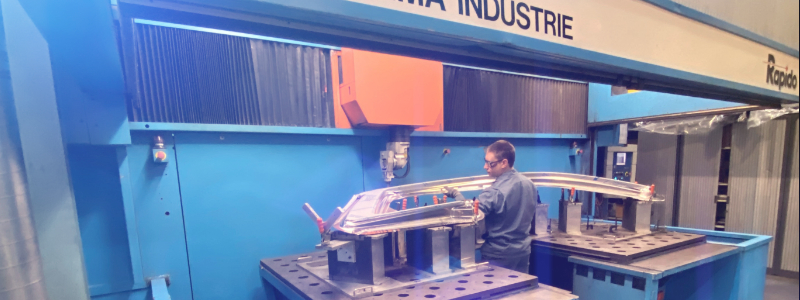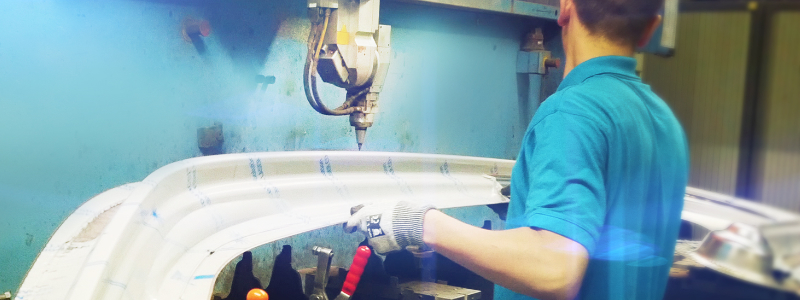Laser Cutting vs Plasma Cutting: What’s the Difference?
Tooling 2000 | 27th August 2020

3D Laser Cutting Machine
When it comes to manufacturing, precision is crucial and could be the difference between a successful project, and one that is not fit for purpose. With this in mind, you need to know what type of cutting process you will use. The two most popular are Laser Cutting and Plasma Cutting. But if you’ve never used either before, how do you know which to choose? Here, we will outline the key differences between laser and plasma cutting to help you understand which method is right for you.
What Is Laser Cutting?
Laser Cutting is a thermal process that uses a computer-operated laser running on high power to slice through metals. It uses a combination of nitrogen, oxygen and compressed air, while CO2 laser cutting can also be used for engraving. It is a versatile approach suitable for many types of metal, giving you plenty of options.
What is Plasma Cutting?
Plasma cutting shares many similarities with its laser cutting counterparts, including the use of nitrogen and compressed air. This creates an electrically conductive ionised gas known as plasma, and it passes through a nozzle at fast speeds. Plasma cutting is most commonly used on metals that you cannot cut with flame-based machines.
What is the Difference?
When looking at the laser cutting industry and the plasma cutting industry, anyone not clued-in on the intricacies may not see much difference between them. However, this is not the case, and there is a reason why manufacturers will opt for one of the other.
One key difference is the versatility. While laser cutting machines, whether 3D laser cutting or flatbed laser cutting are suitable for a range of applications, including trimming and welding, plasma machines are only designated for cutting. This means that, while you may use a plasma machine to cut, you may still require a laser cutting machine, especially in the electronics sector, automotive industry or medical industry.
Laser cutting, including five-axis laser cutting machines, are also faster, and therefore more efficient. A high-quality laser cutting machine can complete 60 meters per minute. With other components and tools, this often means there is a risk of parts damage. However, a laser cutting machine is capable of working around the clock, boasting even more efficiency. The accuracy of laser cutters also stands ahead of plasma alternatives to ensure a more dependable result.
You should also consider the operating cost, which is essential regardless of your business. This cost involves an array of factors, including gases, power, consumables, and maintenance to guarantee consistent performance. Here, plasma is arguably the cheapest option, but due to the diverse flexibility offered by laser cutting, the pricing could balance out, especially over a significant period.
Get in Touch Today
The laser cutting process offered by Tooling 2000 combines quality with affordability. It enables you to explore a variety of options for your next manufacturing project, whether you need to work with metal, wood or plastic. If your business requires a laser cutting solution, don’t hesitate to get in touch today at +44 (0) 121 242 2000 or email us at office@tooling2000.co.uk for more information.

Five-Axis Laser Cutting Machine



